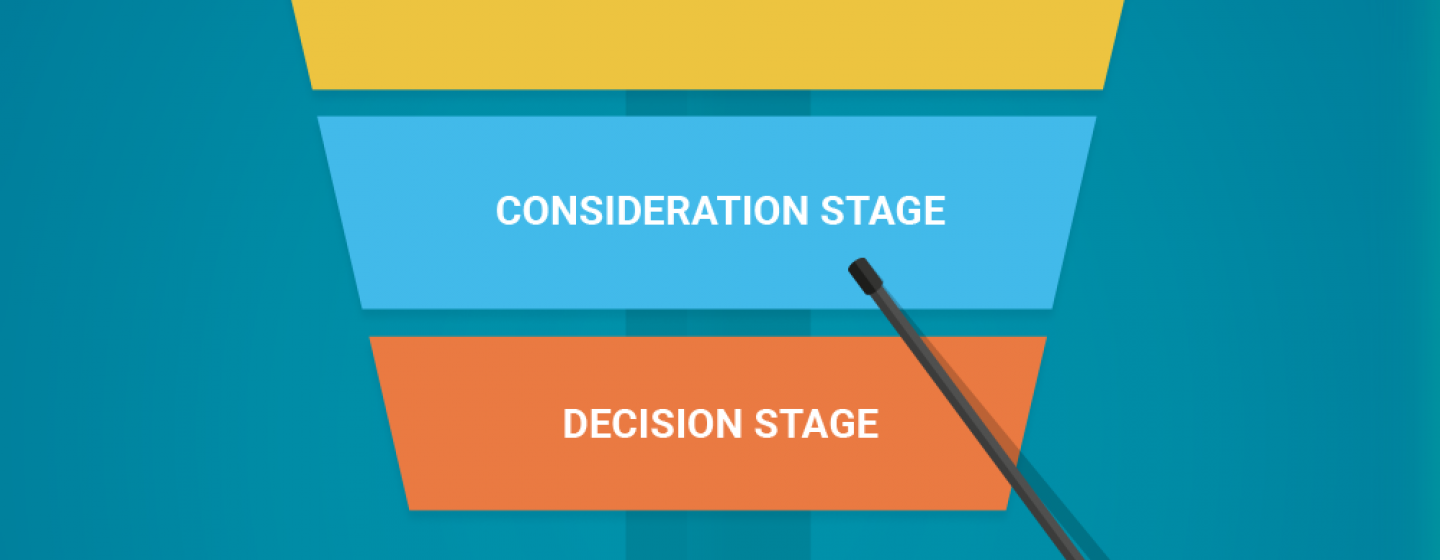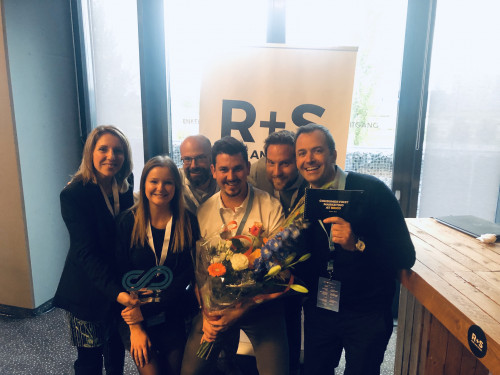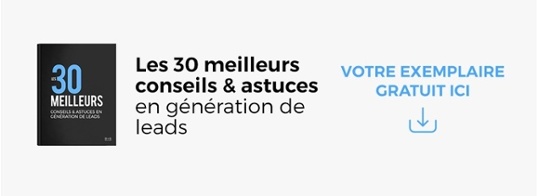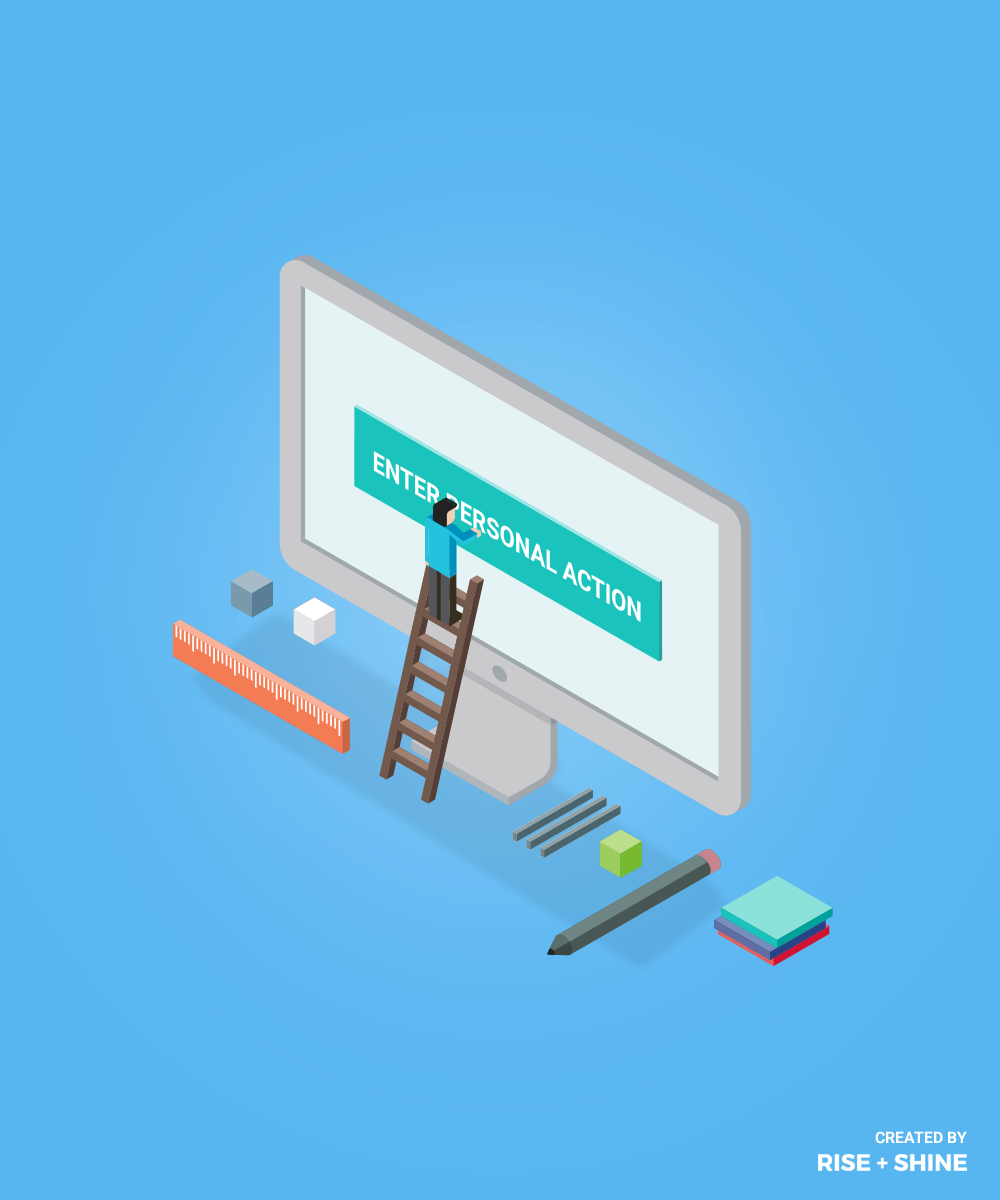Why you need different offers throughout the sales funnel

Our jobs would be a lot easier if people, by nature, saw something that they wanted and then immediately bought it. However, as marketers and salespeople, we know that this is very rarely the case (which is lucky for us with regards to actually keeping our jobs).
More often than not, a customer will go through what most people call “the sales funnel”. This funnel describes the journey that a customer goes through in separate stages – from the very first time they click on your website to downloading an ebook, subscribing to your emails and then to talking to a sales assistant, thinking about whether they should buy from you and then hopefully onto making the final purchase.
Marketers are at the very center of ensuring that the customer makes it all the way down the funnel to the buying stage. They do this by creating content that is specific, relevant and needed at each different stage of the funnel. They are in charge of making sure the right information reaches the right people and fuels their journey along to the next stage.
In a previous blog, we spoke about customizable calls-to-action, where CTAs should be personalised according to who is looking at the offer, and the same can be said for the material that is being sent out according to stages of the sales funnel.
This means that it is imperative that you understand your target market: who they are, what they want and how they go about looking for the solutions to their problems. Persona-specific campaigns can then be created from this information, which will make your content more relevant to your customers. Content strategies can then be formed according to the specific stage of the buyer’s journey and sales funnel that you are targeting.
{{cta('f6859f5f-77b4-465b-8db6-764baab6d65e','justifycenter')}}
In this post I will help you out by defining the buyer’s journey, and where it fits in with the stages of the sales funnel. Then I’ll give you some great ideas for the types of content that are effective and appropriate for each stage of your customer's journey.
THE BUYER’S JOURNEY
Before implementing a content strategy for your business, keep in mind that your buyer’s journey and funnel may be structured differently depending on the industry, model, product, price and audience that you are selling to. It is for this reason that a persona campaign is so essential in understanding your customer’s journey and sales funnel before creating a content strategy.
In general, this is what a typical buyer’s journey will look like...
TOP OF THE FUNNEL: AWARENESS STAGE (TOFU)
The awareness stage is found at the very top, and widest part of the sales funnel. This is where your potential customer is researching things in order to meet a need, solve a problem and doing so, to find some sort of a solution in your offer. At this stage, they will be looking at high-quality, educational content that will assist them.
The goal at this stage of the sales funnel is to attract contacts and create brand awareness so that customers think of your brand when they encounter a (specific) problem.
The content types that are best suited to the awareness stage of the buyer’s journey are:
- High-value blog posts,
- Ebooks,
- Whitepapers,
- Reports,
- Videos,
- Viral content,
- Social media content,
- Courses and certificates.
MIDDLE OF THE FUNNEL: CONSIDERATION STAGE (MOFU)
The consideration stage of the buyer’s journey is when you have captured your customer’s attention enough that they have moved to the middle of the sales funnel. They have used your previous material, they are aware that they have a problem or a need, and they are now considering the best option to fix it.
The goal of the consideration stage is to create content that shows how your product is the best solution to their problem. Direct marketing is used to maintain contact, nurture leads and start to build a trusting relationship with your customer. Content that shows that you are an expert in your field is the most likely to keep their attention at this stage of the sales funnel.
This is the content that is most effective in the consideration stage:
- Professional guides,
- Webinars,
- Solution-orientated case studies,
- Worksheets, calculators or other tools,
- Comparison whitepapers,
- Live interactions.
BOTTOM OF THE FUNNEL: DECISION STAGE (BOFU)
At the decision stage of the buyer’s journey, your customer is ready to make the purchase. The emphasis at this stage is to make sure that they purchase from you. Customers at this stage of the journey just need the extra nudge or a bit of encouragement to complete the transaction with you.
The goal at this stage is obviously to get the buyer to complete the purchase of your product and not to go elsewhere, and the right combination of content throughout the buyer’s journey coupled with great bottom-of-the-funnel content should be enough to seal the deal. Brand-orientated marketing and personalised calls-to-action are dominant at this stage.
The best content for the decision stage of the buyer’s journey include:
- Customer reviews and testimonials,
- Product descriptions,
- Case studies,
- Trial downloads,
- Puchasing guides,
- Demos.
Every business and company will have their own individual sales funnel design that should be created around the specific buyer’s journey that is relevant to their audience and the product that they are selling. In the next blog, I will discuss different offer formats and which formats are better at lead nurturing and converting leads for your business.
At Rise and Shine Agency we are able to execute actionable lead nurturing strategies for every kind of company, and if you are interested in finding out more about custom follow-up of leads download our ebook: The 30 Greatest Lead Generation Tips Tricks and Ideas.









